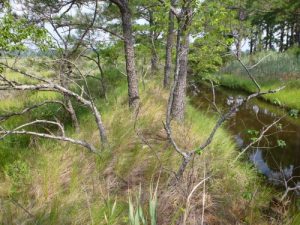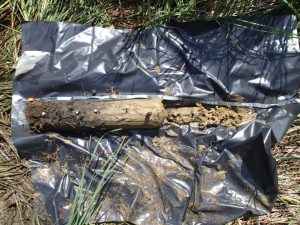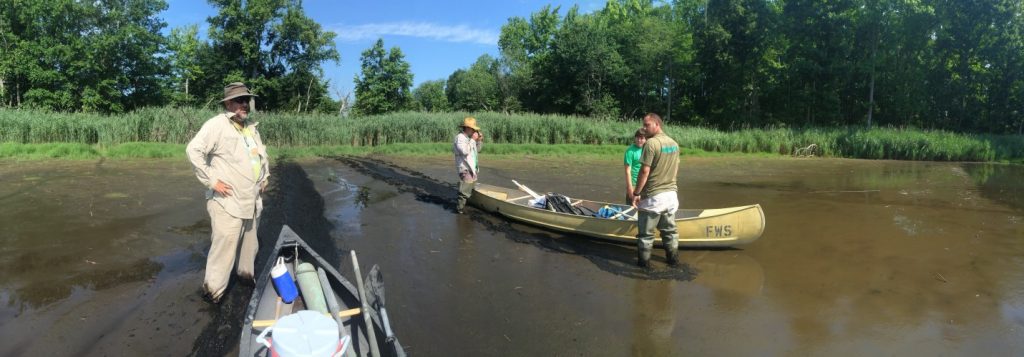
Facebook Twitter Instagram YouTube
Written on: September 7th, 2016 in Wetland Assessments
By Brittany Haywood, DNREC’s Wetland Monitoring and Assessment Program
Did you know that 50% of wetlands in our coastal plains ecoregion are in good condition? The U.S. Environmental Protection Agency (EPA) organized the National Wetland Condition Assessment (NWCA) in 2011 to get these data, and now our Program (Wetland Monitoring and Assessment Program) is again helping to assess more of Delaware’s wetlands to contribute to the 2016 NWCA.

2011 National Wetland Condition Assessment In Brief:
Five years ago, the EPA conducted a wetland assessment to look at the changing conditions and health of the nation’s wetlands. This study broke the continent into four separate ecoregions, with Delaware falling into the coastal plains ecoregion. The ecoregion includes the Mississippi Delta and extends up to Cape Cod, Massachusetts.
For all wetland types in the coastal plains region, 50% of the estimated wetland area is in good condition; 21% is in fair condition and 29% is in poor condition based on the vegetation index used.
During the 2011 NWCA field season a total of 513 randomly selected sites were sampled from across the U.S., 17 from Delaware, representing 30,893,305 acres nationally. Wetlands were surveyed by using an army of field crews stationed across the nation. We were lucky enough to be one of them.
All in all, 48% of U.S. wetlands were found to be in good condition; 32% is in poor condition and the remaining 20% is in fair condition.

2016 Field Work
This summer we are at it again, collecting wetland data for the EPA about wetland health from 12 sites across Delaware. Some of the sites were repeats from 2011, and some of them were new. Each site visit involved 4 people from our program, and a soil scientist from National Resource Conservation Service (NRCS) geared up to go out and look at soil composition, plant communities, water quality, and buffer stressors. For a more detailed description of each parameter we looked at, please visit the 2011 Technical Report. Look for a report on the 2016 data from the EPA in the future!
